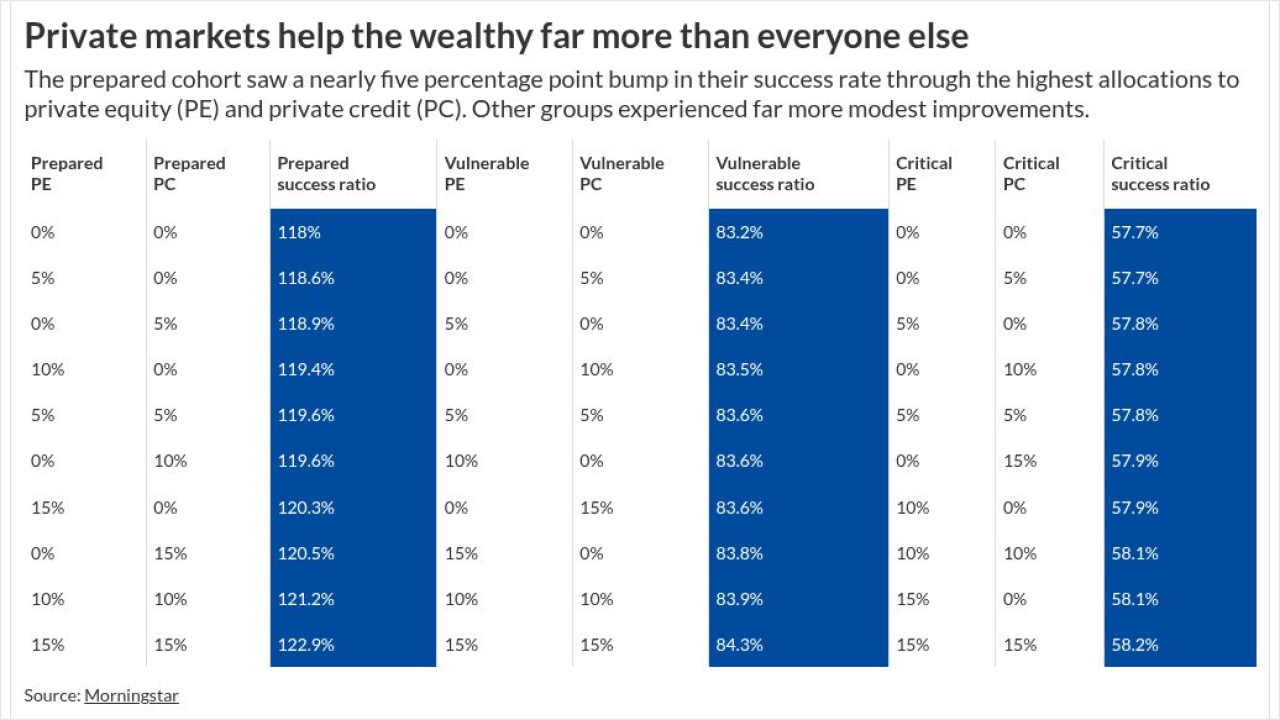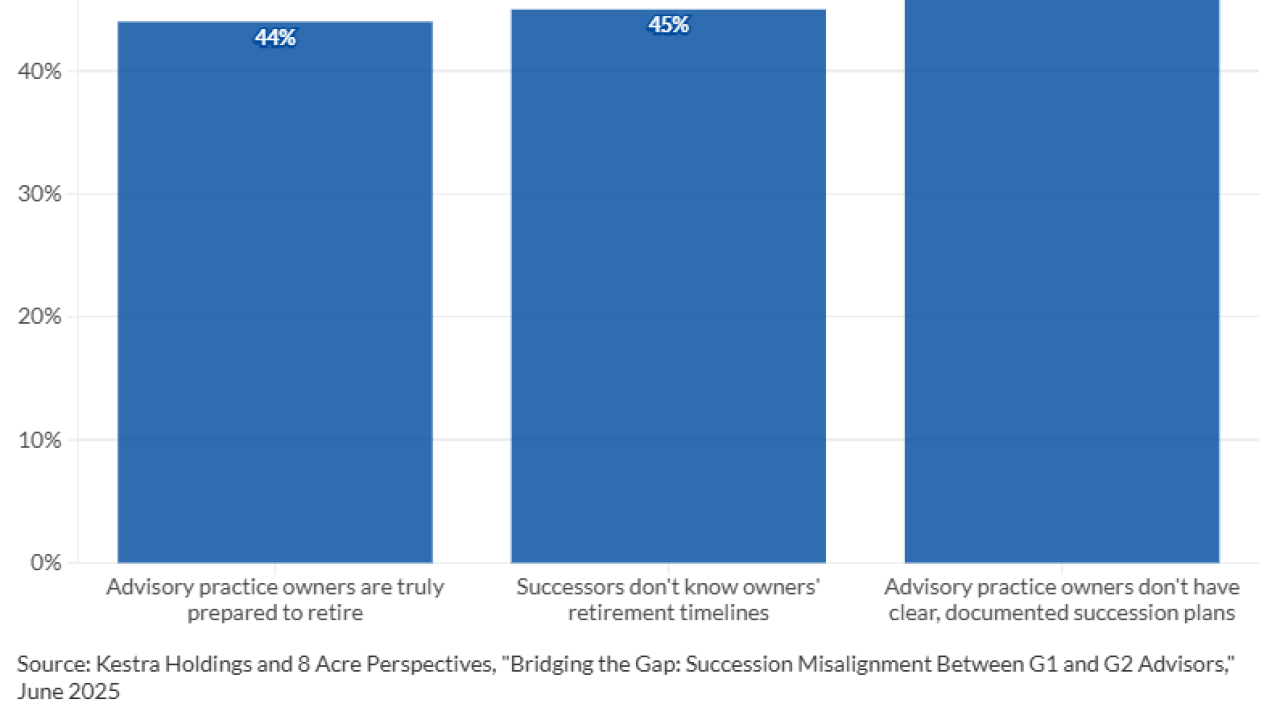Face time with clients has become even more essential as robo advisors and artificial intelligence encroach on financial planners’ turf. But how you structure your client conversations and the topics you discuss can have a big impact on just how strongly connected your client feels to you and how successful your firm will be.
Some advisors seem to have learned how to finesse these talks better than others. A
The study singled out these standout planners after identifying 80 so-called advisor “blocks.” These blocks distinguish behaviors, methods or competencies that help planners learn about their clients. Some examples include “maintaining a real time view of financial data” or “seeking to draw out differences between spouses.”
The idea behind the methodology was to create a “roadmap planners can use to evolve their own approaches to deepening their understanding of clients,” says Frank Paré, president of the Financial Planning Association, which released the study, together with Capital Preferences and T. Rowe Price at the 2018 FPA conference.
A subset of advisors, about 15% of the roughly 310 client-facing advisors surveyed in the U.S., Australia and New Zealand, outperformed their peers because they were adept at highlighting gaps between what a client says and what they actually do.
These planners gathered real-time insights into a client’s behavior and looked for areas where stated motivations and actions conflicted. Then they called their clients out on it — in a nice way — to help them discover what was driving this mismatch.
By addressing these disconnects and skillfully navigating the following emotional client conversations in a supportive and nonjudgmental way, these planners’ had a net client growth rate three times that of other advisors and, their referral rate among 100 clients was 18, double that of their peers. They were also more likely to find their client relationships fulfilling.
“When an advisor points out these inconsistencies, it takes the judgment out. You can hold it up to a client and say ‘this is what you say you want, but this is what you’re doing,’ and the client can answer it for themselves,” says Paré.

Using new data aggregation tools is one way these planners might be getting the upper hand. Such tools can give planners a holistic way to view clients’ spending and saving behaviors, says Pat Spenner, chief marketing officer of Capital Preferences. They can also help them spot discrepancies and biases those clients may have in how they view themselves or their finances, Spenner adds.
Many advisors shy away from conversations with clients who aren’t following through with their stated objectives, but the most successful advisors see “constructive tension” as an opportunity to add value, Spenner pointed out.
“People are more willing to recommend planners when they feel they’re in tune with their needs,” says Paré.
Still, if you’re not so great at “say-do gap” conversations, there are other avenues successful advisors took to better understand their clients.
Forming a strong bond with a clients’ spouse or partner early on was another area of distinction separating top-performing advisors, the study found. Those who spent more time learning about a partner from the onset reported higher client growth rates and a greater number of referrals and client recommendations.
Top advisors in the study spent 6.1 hours, on average, working to understand a client’s spouse in the first year of the relationship. Average and low-performing advisors spent only 4.9 hours and 3.9 hours, respectively.
That roughly one or two hours of extra work makes an impact. Advisors who devoted the most time had a referral rate of 27 per 100 clients and a net growth rate of 24%. Those who spent just shy of five hours with a spouse had just five referrals per 100 clients and a growth rate of 11%. And the planners who spent just 3.9 hours with a spouse saw a negative 2% growth rate and only two referrals per 100 clients.

“Financial planners need to spend time directly engaging with a client’s partner. They need to become almost a member of the family, get to know a client’s children, even their pets,” says Paré.
And finally, advisors who select a focus enjoy a slight edge over the competition when it comes to understanding clients. The study found that planners who specialize in a specific client type also tend to see stronger outcomes and be more adept at attracting similar clients, likely as a result of their familiarity with the common problems facing that population.
Deeply understanding clients gets at the heart of providing financial services on a fiduciary level, Paré adds.
Advisors who want to know how they stack up can take the





